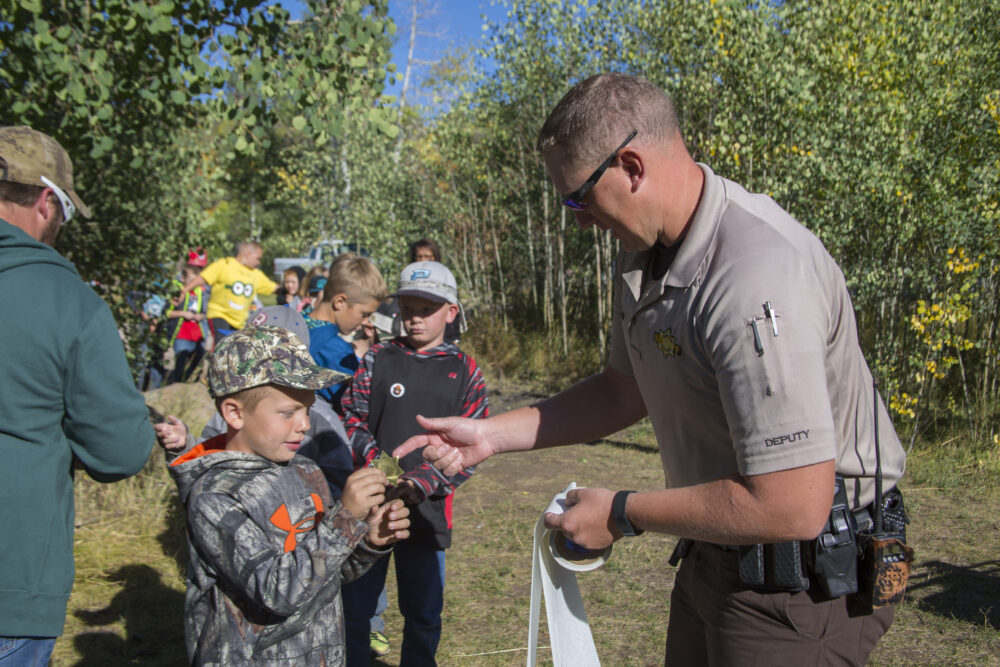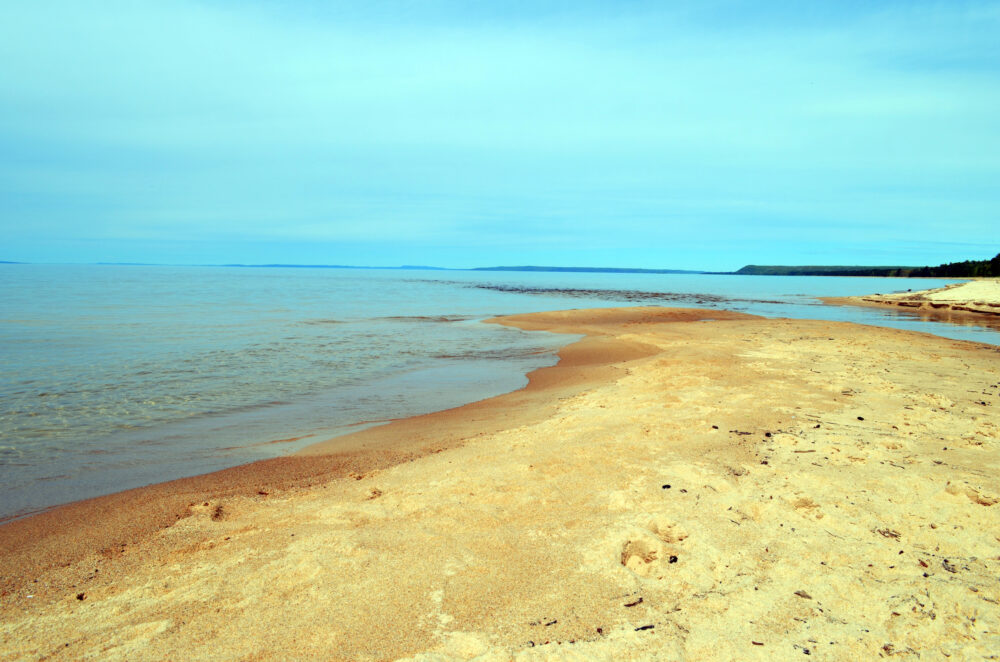We have much more to do and your continued support is needed now more than ever.
Lights Out Texas
TCA Is Proud to Co-Lead a Statewide Effort to Save Scores of Migratory Birds From Light Pollution
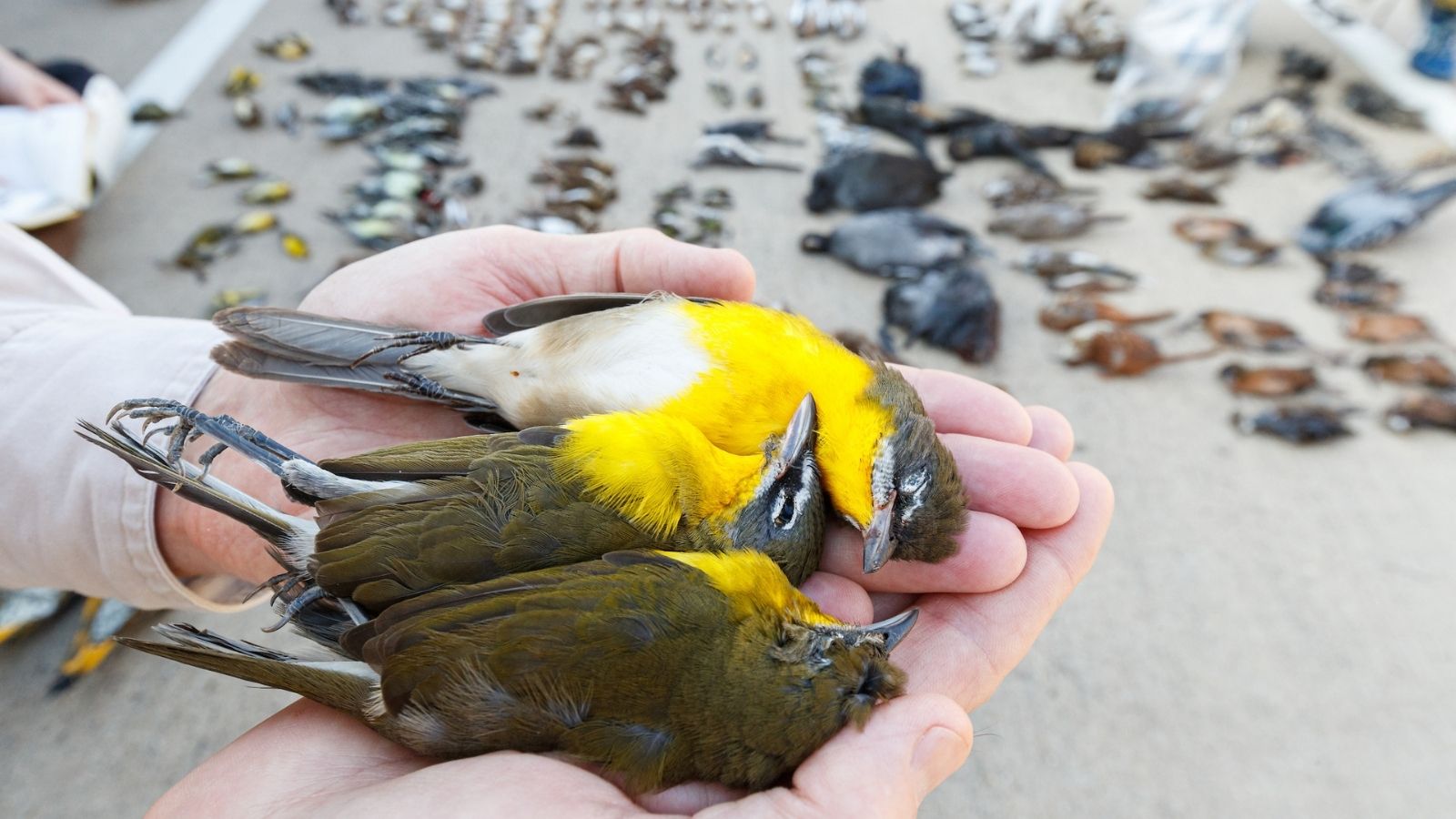
Avian migration, one of nature’s most extraordinary spectacles, takes flight every spring and fall. Up to two billion birds soar across Texas making the Lone Star sky a bird superhighway. Some species fly thousands of miles and trans-Gulf migrants, like hummingbirds, fly over the Gulf of Mexico on a 17-hour nonstop flight.
It’s an amazing feat, especially considering they weigh less than a French fry! Bird migration knits our hemisphere more closely together than anything else, not even weather compares and for many birds, migration is the most hazardous period of their lives.
The Threat of Light Pollution
Most migratory birds travel at night when temperatures are cooler and predators less prevalent; the growing intensity of light emanating from urban areas attracts them from their migratory elevations down toward cities and greatly increases their risk of collision. An estimated 365-988 million birds die annually in collisions with structures in the United States. Light seems to be the main culprit as studies show the amount of light a building emits is the key predictor of bird collision, even more so than height.
Collision is the second highest cause of bird mortality behind depredation by feral cats. A recent study ranked Dallas third in the United States as the city exposing the most numbers of nocturnally migrating birds to artificial light. Houston ranked first and Chicago second out of the nation’s 125 most populous cities.
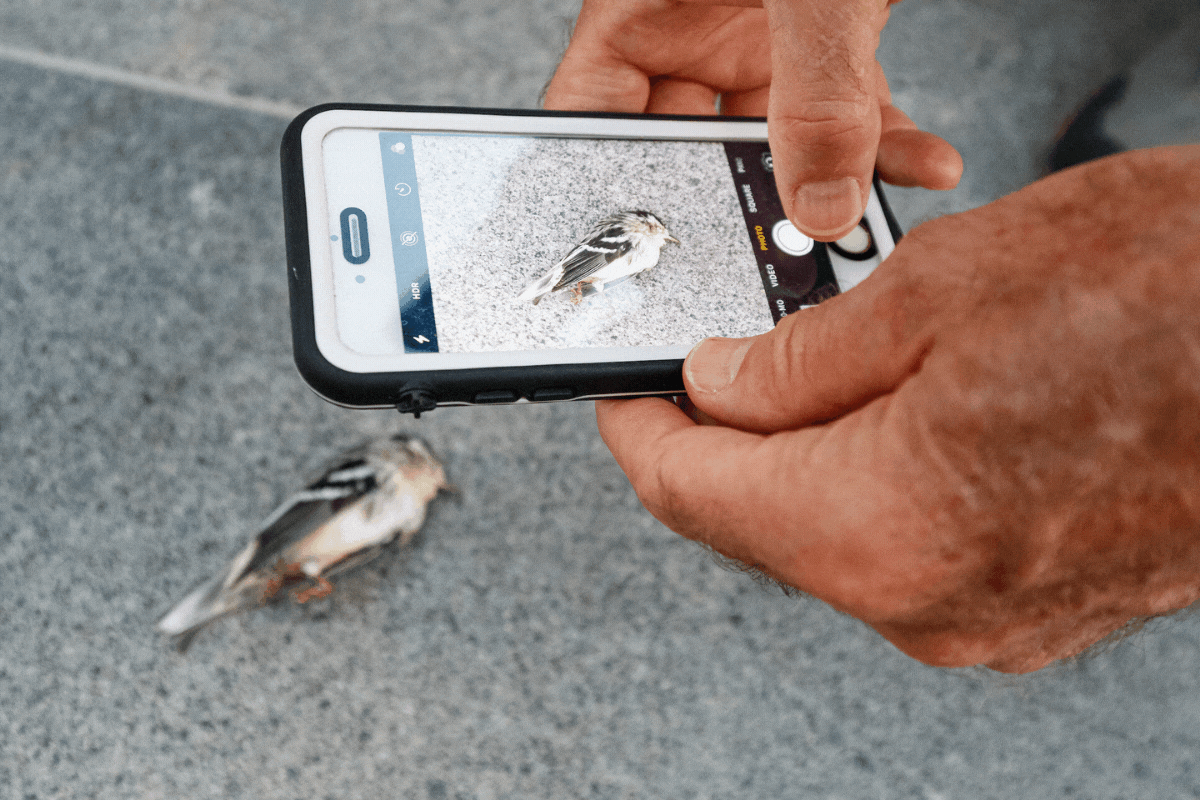
Due to Texas’ geographical location along the Central Flyway, a major migratory route in the sky, conservation action here is particularly consequential to a healthy future for bird populations, not only in Texas but nationwide. To address the threat of light pollution and restore night sky migratory corridors, the National Wildlife Federation’s Texas affiliate, Texas Conservation Alliance (TCA), is helping lead a collaborative of conservation organizations across the state to encourage Texans to go Lights Out for Wildlife.
All Texans are encouraged to dim all non-essential lighting from 11 PM – 6 AM, during the peak period of spring and fall migration—generally the months of September, October, April, and May. Collective conservation action across the state will restore the night sky from light pollution and better secure safe passage for billions of birds.
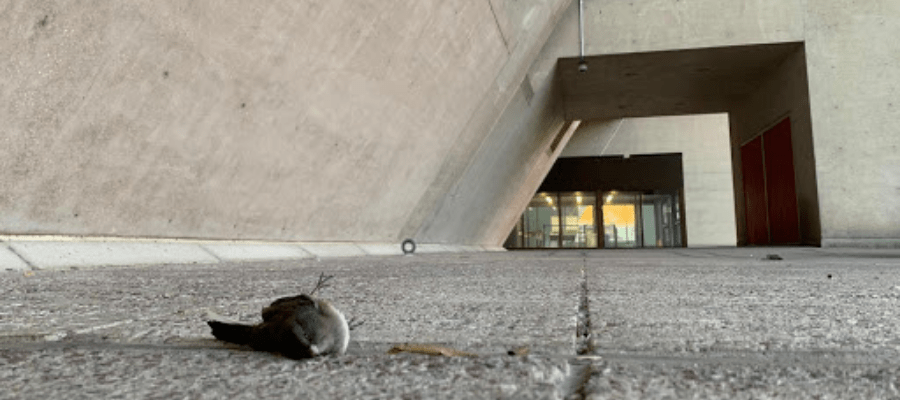
TCA and partners conducted 100 mornings of collision surveying over the peak weeks of fall (2020) and spring (2021) migration. A total of 345 volunteers surveyed on foot covering 912 miles cumulatively in downtown Dallas. They collected and processed 669 collision mortalities with 67 species represented. Over 900 volunteer hours were invested in the effort and 23 downtown Dallas buildings agreed to dim or darken their lights. This was the first time bird collision data had ever been collected in Dallas.
After successful proof-of-concept work in Dallas over last fall, the Lights Out Texas collaborative grew with Lights Out initiatives taking flight in El Paso, Austin, Houston, San Antonio, and Ft. Worth. TCA believes the Lights Out protocols refined over the fall are now in place to help mitigate light pollution across Texas, engage scores of Texans in accessible wildlife conservation, and help save migratory birds.

Potential Reach for Lights Out
The Lights Out Texas campaign objective is to galvanize cities and the public into action to create safer airspace for nocturnally migrating birds. Our hope is that Lights Out Texas will inspire and engage people to alter their behaviors in consideration of one of our planet’s greatest, but largely unseen, spectacles—the nocturnal migrations of billions of birds.
With a focus on spring and fall migration periods, Lights Out Texas has the potential to achieve significant bird conservation in Texas, serve as an open-sourced framework for collective conservation action, and stand as a model that is scalable nationwide, perhaps in association with and support of popular National Wildlife Federation programs such as Garden for Wildlife.
Learn more about Lights Out for Wildlife and the National Wildlife Federation’s Texas affiliate, Texas Conservation Alliance.










